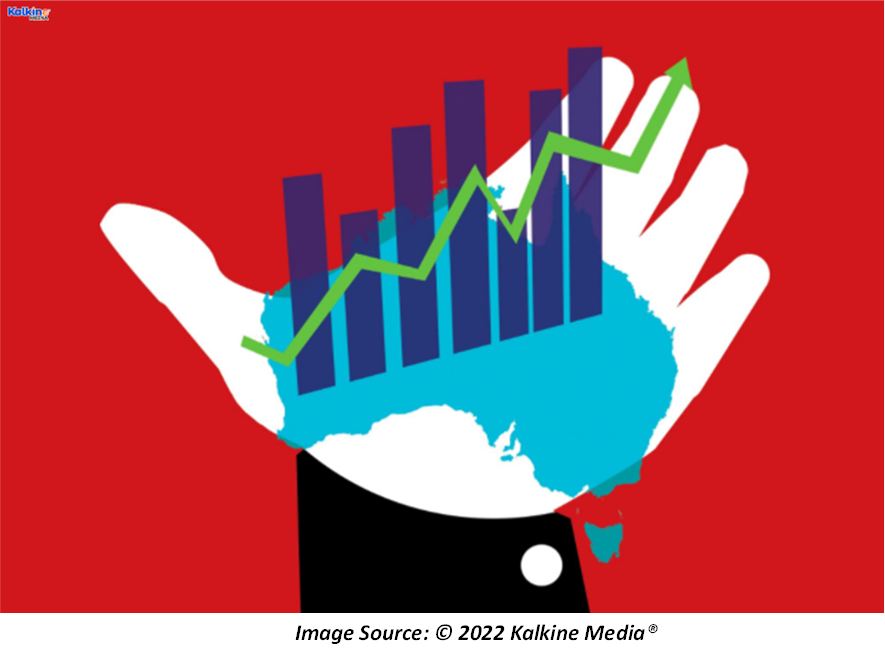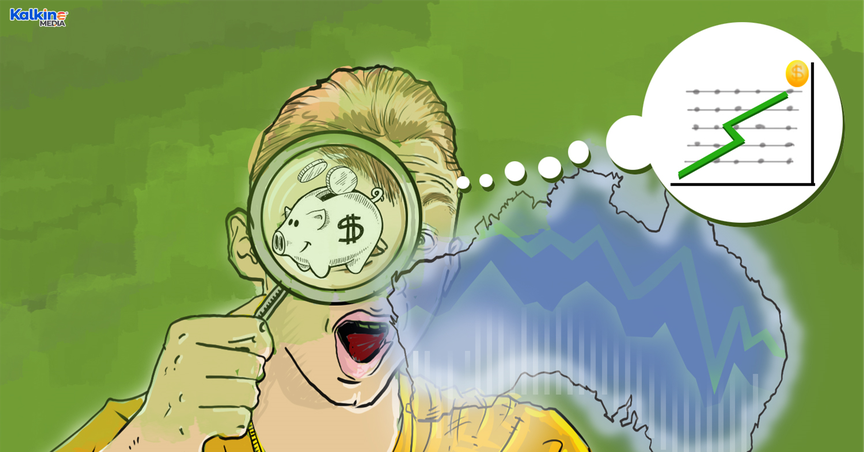Highlights
- Many experts are predicting an earlier rate hike in Australia amidst rising inflationary pressures.
- The Reserve Bank is waiting for the upcoming data on inflation and wages, which could influence the rate hike decision.
- Some experts believe that impending federal elections are causing a delay in a rate hike.
As the release date of March quarter inflation data inches closer, market experts have become increasingly concerned about an interest rate hike by the Reserve Bank of Australia (RBA). The expectations around cash rate hikes have stemmed from the fact that inflation in Australia has already been at a record high level. Though Australia is in a relatively better position than other countries in terms of inflation, the cost-of-living pressures continue to rise each passing day.
The domestic inflationary pressures are so pronounced that the RBA recently predicted that its target band of 2-3% core inflation would soon be breached. Speculation is rife that the upcoming data would finally urge the Australian central bank to conduct its first interest rate hike.
We have seen in the past that the Reserve Bank reduced the cash rate to a record low level of 10 basis points to deal with pandemic-induced restrictions. The move spurred a frenzy of mortgage borrowing, prompting a surge in property market prices like never before. As market dynamics change, the push for a rate hike seems a tough yet unavoidable decision.
ALSO READ: Why IMF expects Australian economy to grow at 4.2% in 2022
Australia’s inflation forecast
Soaring inflation over recent months has compelled some analysts to expect an interest rate hike bigger than originally anticipated. The market is anticipating the upcoming consumer price index (CPI) to be higher than previous RBA estimates of 0.7% or 0.8%.

Market forecasters have altered their expectations as Australia is undergoing one of the toughest inflationary spells ever. Prices for household groceries have reached unprecedented highs, leaving many Australians shocked. Consumers are comparing food retailing prices to gas prices, which is another painful area for Australians.
4 ASX Dividend Shares Amid Rising Inflation
While some respite has been offered through the government’s fuel excise cut, Australians are still facing exorbitantly high prices of everyday items. Items such as soft drinks, instant coffee, baked beans, canned fruit, and minced meat have seen a double-digit rise in prices over recent months.
In contrast, wages have not leapt at such a rapid pace and are still underwhelmingly low for most Aussies. Due to increased living costs, many Aussies continue to juggle between rising grocery prices and terribly high mortgage repayments. The situation seems to be especially deteriorating for those living on rent as wages have not risen equally.
Given these circumstances, the RBA could take a bigger leap than expected in its interest rate hike decision. Some experts even believe that the central bank could raise rates as soon as next week. However, the overall market prediction suggests that June is the likely month for a rate hike.
INTERESTING READ: Is hydroponics the solution to rising food demand?
Will federal election impact the rate hike decision?
Another crucial factor that could influence the interest rate decision is the federal election, which seems to be postponing the rate hike. While the RBA has acknowledged the need for a rate hike, some experts believe that there is a slim chance that the hike would arrive before the May 21 elections.
Ordinarily, the CPI data would be enough to fetch a reaction from the central bank. However, the RBA has not yet given a clear timeline and intends to monitor additional evidence over the coming months. This delayed timeline has been hailed as an indication that a rate hike may not arrive before the elections altogether. Additionally, wages data is also due in May, which could also factor into the RBA’s decision.

The RBA’s upcoming rate hike decision would be monumental for Australia as the country had last seen an interest rate rise in 2010. The market expects the interest rate to reach 1% by the end of this year and 1.25% by next year. However, with surging inflationary pressures in the backdrop, economists at Westpac have revised their hike forecasts and have effectively doubled them. This has fueled speculation that the first rate hike will be hefty and could occur in June.
Alternatively, there is a chance that the RBA might continue its streak of being “cautious” with interest rates by opting for a slower rate hike. This could offer consumers a smoother transition to a high interest rate environment.
ALSO READ: Can Russia-Ukraine war derail Australia's economic recovery?



